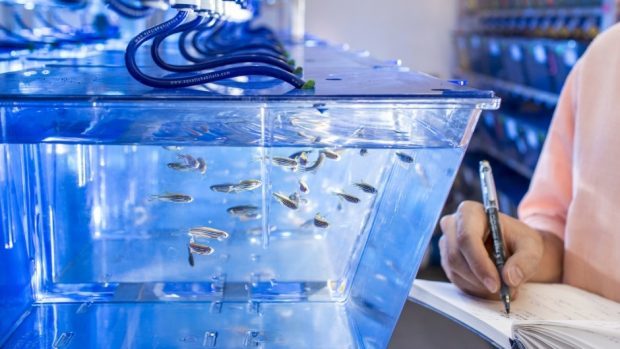Tropical fish have had a firm place in film fans’ hearts since Pixar’s Finding Nemo.
But new research suggests they could be even more helpful to the human race, by bolstering Parkinson’s disease patients.
Zebrafish share 70% of humans’ genetic code and 84% of genes associated with a human disease has a counterpart in the South East Asian species.
Because of this, they have become a key part of scientific study into understanding the body.
Academics at Edinburgh University have revealed that the fish could hold the key to regenerating vital brain cells that are damaged in people with the disease.
The findings offer clues that could one day lead to treatments for the neurological condition, which causes movement problems and tremors.
Parkinson’s occurs when specialised nerve cells in the brain are destroyed. These cells are responsible for producing an important chemical called dopamine.
When these cells die, or become damaged, the loss of dopamine causes body movements to become impaired.
Once these cells are lost from the human brain, they cannot be repaired or replaced.
In zebrafish, however, dopamine-producing nerve cells are constantly replaced by dedicated stem cells in the brain, the researchers found.
The team found the immune system plays a key role in this process. In some regions of a zebrafish’s brain, the process does not work, however.
Researchers say understanding the immune signals that facilitate replacement of these nerve cells could hold vital clues to developing treatments for people.
Dr Thomas Becker, of the university’s Centre for discovery brain sciences, said: “We were excited to find that zebrafish have a much higher regenerative capacity for dopamine neurons than humans.
“Understanding the signals that underpin regeneration of these nerve cells could be important for identifying future treatments for Parkinson’s disease.”
